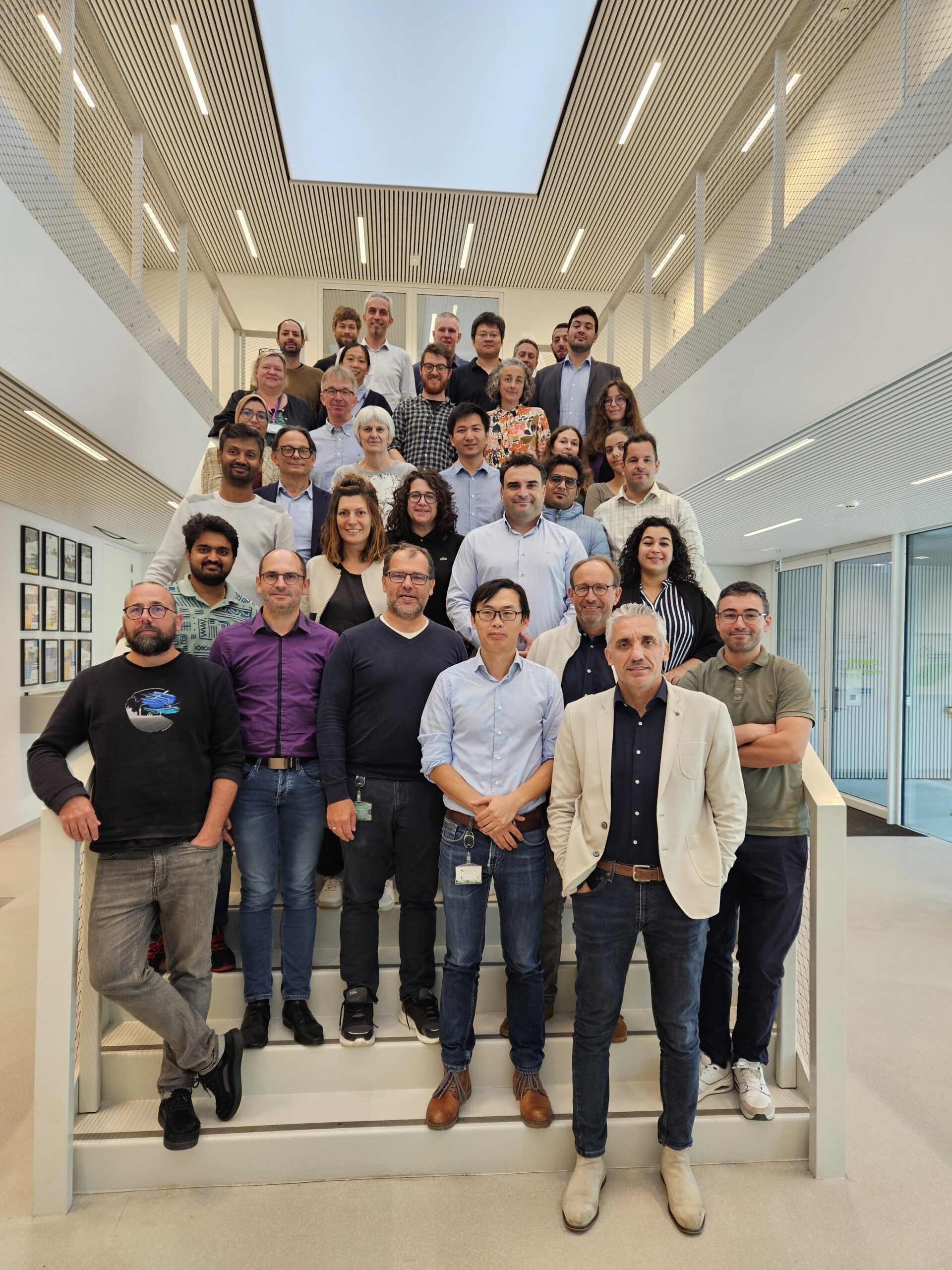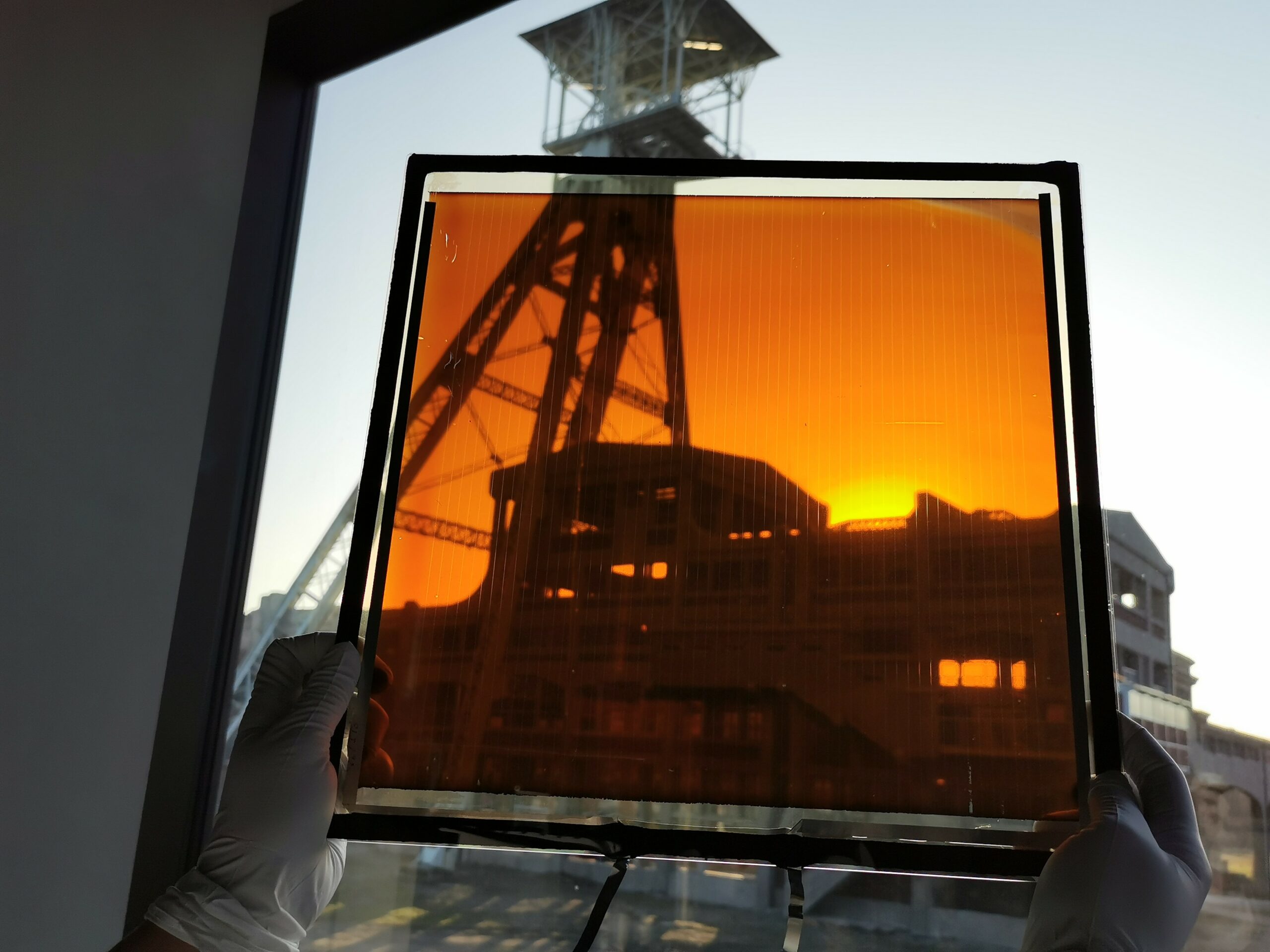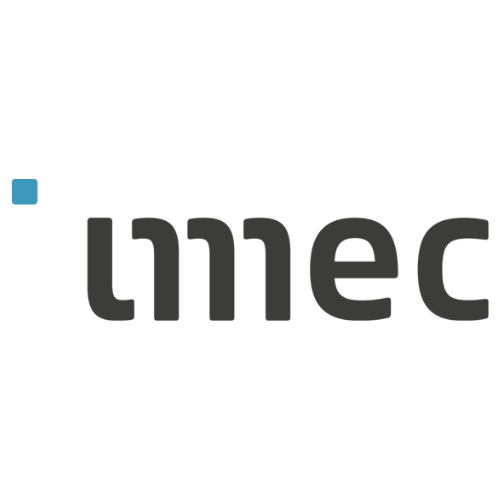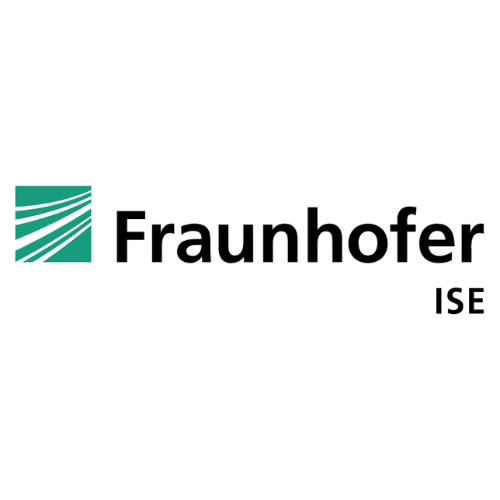ABOUT US

About the project
LAPERITIVO is a 3.5-year project funded by the EU through Horizon research and innovation grant agreement No. 101147311.
LAPERITIVO project aims to accelerate the European transition to clean, secure, and affordable energy by developing next-generation, low-cost, sustainable perovskite photovoltaic technology. The concept and groundbreaking novelty of the LAPERITIVO project lies in the development of slot-die coated large area bifacial semi-transparent perovskite solar modules using a holistic approach that combines high efficiency, high stability, low cost, and minimized environmental impacts (green solvents, low CO2 footprint, recyclability and circularity).
CONTEXT
In recent years, organometal halide perovskite-based photovoltaics (PV) have attracted great interest for their high power conversion efficiency at low manufacturing cost. Presently, East Asia especially China and North America are rapidly ramping up towards mass production of perovskite PV. More efforts are urgently needed for perovskite PV upscaling in Europe. LAPERITIVO focuses on the development of large area stable perovskite solar modules, using processes with high manufacturability. Efficiency targets are 22% and 20% for 900 cm2 opaque and semi transparent (with >95% bifaciality) modules, respectively. Key research activities include the deposition of high-quality perovskite films as well as contacting layers over large substrate area using industrially viable techniques. Indoor and outdoor field tests, in line with International Electrotechnical Commission (IEC) standards, will be performed to monitor module reliability. Safety, circularity, and sustainability will be assessed to demonstrate products with minimized environmental impact. The developed semi-transparent modules will be applied to perovskite/silicon four terminal tandem modules and also to Agrivoltaics. Design of perovskite PV pilot line of 200 MW and production capacity of 5 GW in Europe will also be explored.


key challenges
- Most work in literature were done at laboratory scale (0.05-0.1 cm²) using non-scalable processes, e.g. spin coating.
- Stability is still a main challenge, though significantly improved in the last 2-3 years (mainly indoor stability). Outdoor stability data is largely missing.
- Still a big efficiency gap between tiny cells and larger modules (>800 cm²).
- Very limited work done on environmental impact analysis including Pb toxicity and capture, recycling.
MEET THE CONSORTIUM
The well-balanced consortium consists of 22 complementary partners including 8 European leading research institutes/universities (IMEC, UNITOV, EMPA, Fraunhofer ISE, IPVF, CNRS, CSEM, Hellenic Mediterranean University), 1 African research institute (Green Energy Park, Morocco), 5 small and medium-sized enterprises (Becquerel Institute, Becquerel Institute France, Becquerel Institute Spain, Dyenamo,TSE Troller, SmartGreenScans, BeDimensional), and 6 big companies (Pilkington Technology Management Limited
(PTML), Singulus Technologies, Voltec Solar, Engie, TotalEnergies, EDF).
In this way, the project aims to establish the pathway to open the era of manufacturing perovskite-based next-generation PV products in Europe.




















